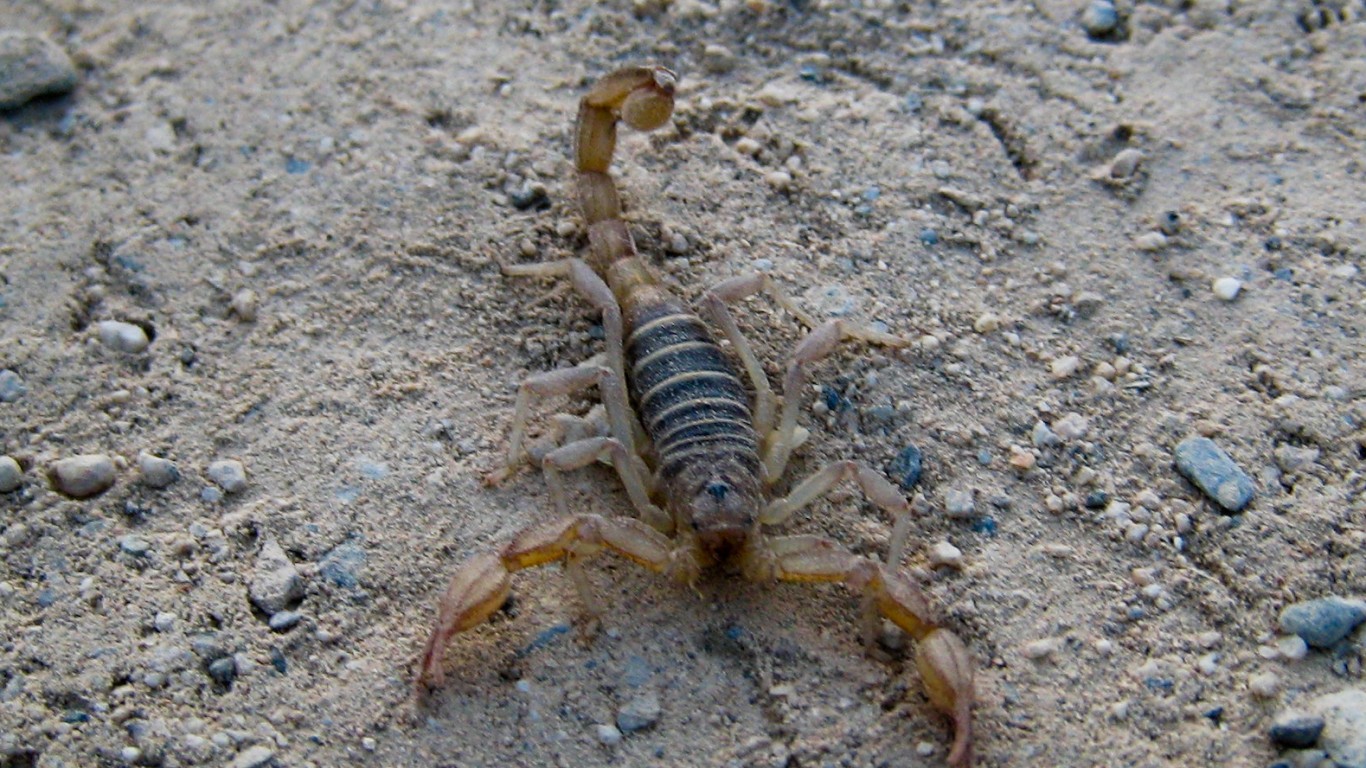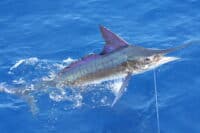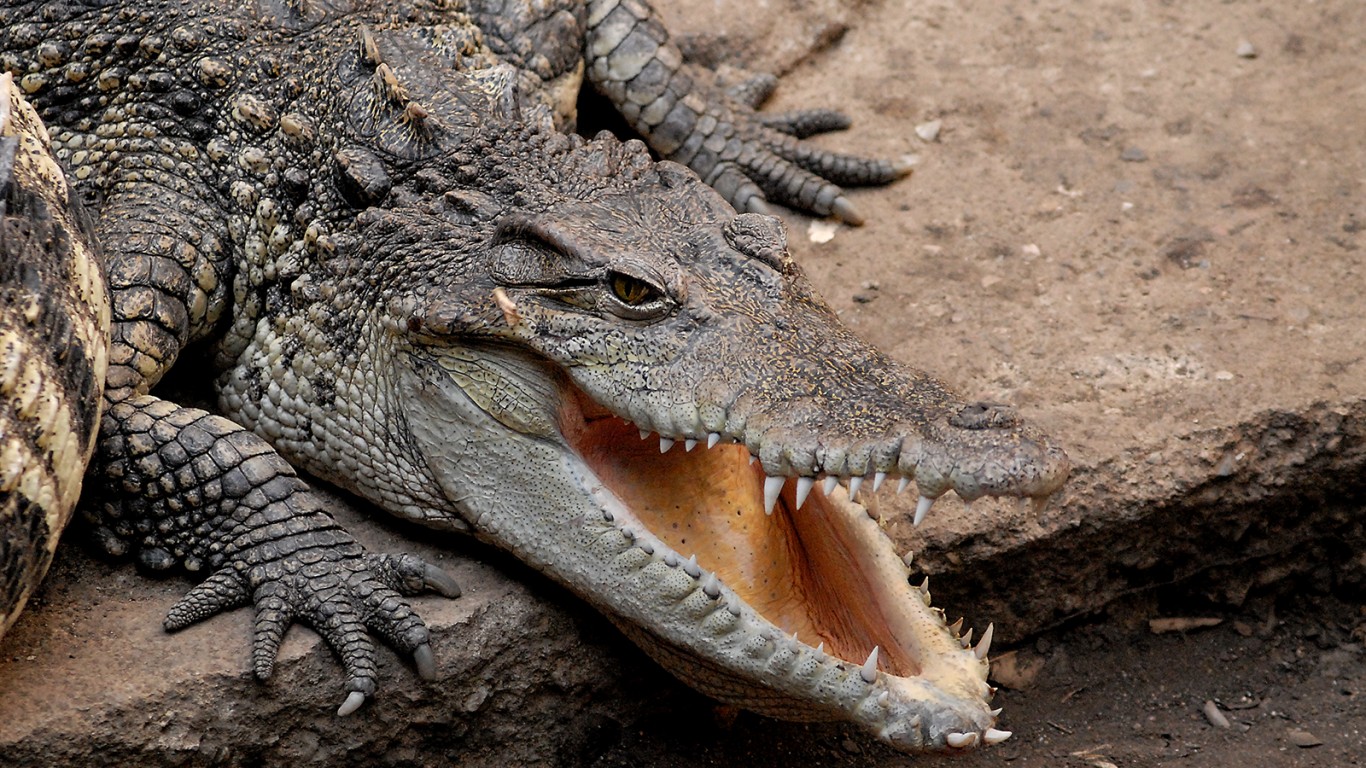
When we think of deadly animals, the first image that might come to mind is of a lion, blood dripping from its mouth and a mangled animal beneath him. The truth, though, is that as horrific as deaths from carnivorous mammals might be, the number of such fatalities is small — very small — compared to the carnage wrought by some of the smallest of beings.
Flies, snakes, snails, and mosquitoes deliver parasites, viruses, and venom to tens of millions of people each year, with a large percentage of the victims dying as a result. (They may not always be deadly, but these are the most devastating invasive species around the world.)
In a 2016 blog post provocatively titled “Why I’d Rather Cuddle with a Shark Than a Kissing Bug,” Bill Gates presented a punchy interactive article about human deaths caused by animals.
He compiled his data from a variety of sources including the World Health Organization, National Geographic, National Science Foundation, and the Centers for Disease Control and Prevention, among others.
Click here to see the deadliest animals in the world
The obvious lesson from Gates’s computations is that human/animal interactions result in death most dramatically and devastatingly in the most impoverished places in the world. This is so because living conditions create danger through many means: poor sanitation, polluted water, inadequate health care, lack of education, and changing climate. (These are the world’s poorest countries.)
Gates notes that all his calculations have “a wide margin of error,” and indeed 24/7 Tempo found wild discrepancies in the number of estimated deaths associated with each animal listed. In many cases, accurate records are simply not available; hundreds of thousands of the estimated deaths occur where no reliable health systems exist.

20. Shark
> Est. annual deaths: 6
The United States has consistently led the world in the number of unprovoked shark attacks, with 33 confirmed bites, equalling 58% of the world’s total, in 2020. At least that’s slightly down from the pre-pandemic 2019 total of 41 cases — 64% of cases worldwide.
[in-text-ad]
19. Wolf
> Est. annual deaths: 10
As documented in its 2021 report, the Wildlife Society found evidence of 489 wolf attacks around the world between 2002 and 2020, in only nine of which the victims died. Most of the attacks involved rabid wolves. In the United States, deadly wolf attacks are rare, with only two fatalities this century.
18. Jellyfish
> Est. annual deaths: 40
Worldwide, about 150 million people are stung by jellyfish each year, and hundreds die, though rarely in the U.S. Stings can be painful, and in the case of stings from the box jellyfish — found predominantly in the Indo-Pacific and off the shores of Australia — deadly.

17. Tiger
> Est. annual deaths: 50
Tigers are, relative to their numbers, the deadliest of the big cats, mainly due to their proximity to humans in Asia. They attack when provoked and can become man-eaters if they’re too disabled by wounds or disease to take down wild prey.
[in-text-ad-2]
16. Bee
> Est. annual deaths: 60
It would take 1,000 bee stings to kill the average adult, or 500 to kill a child. For people who are allergic to bee stings, however, a single sting can be deadly without immediate treatment.
15. Lion
> Est. annual deaths: 100
Lions are generally uninterested in humans as prey, and few tourists are killed by them.
Because lions who are old or ill are the ones most likely to attack people, African villagers living alongside preserves are the most vulnerable.
[in-text-ad]
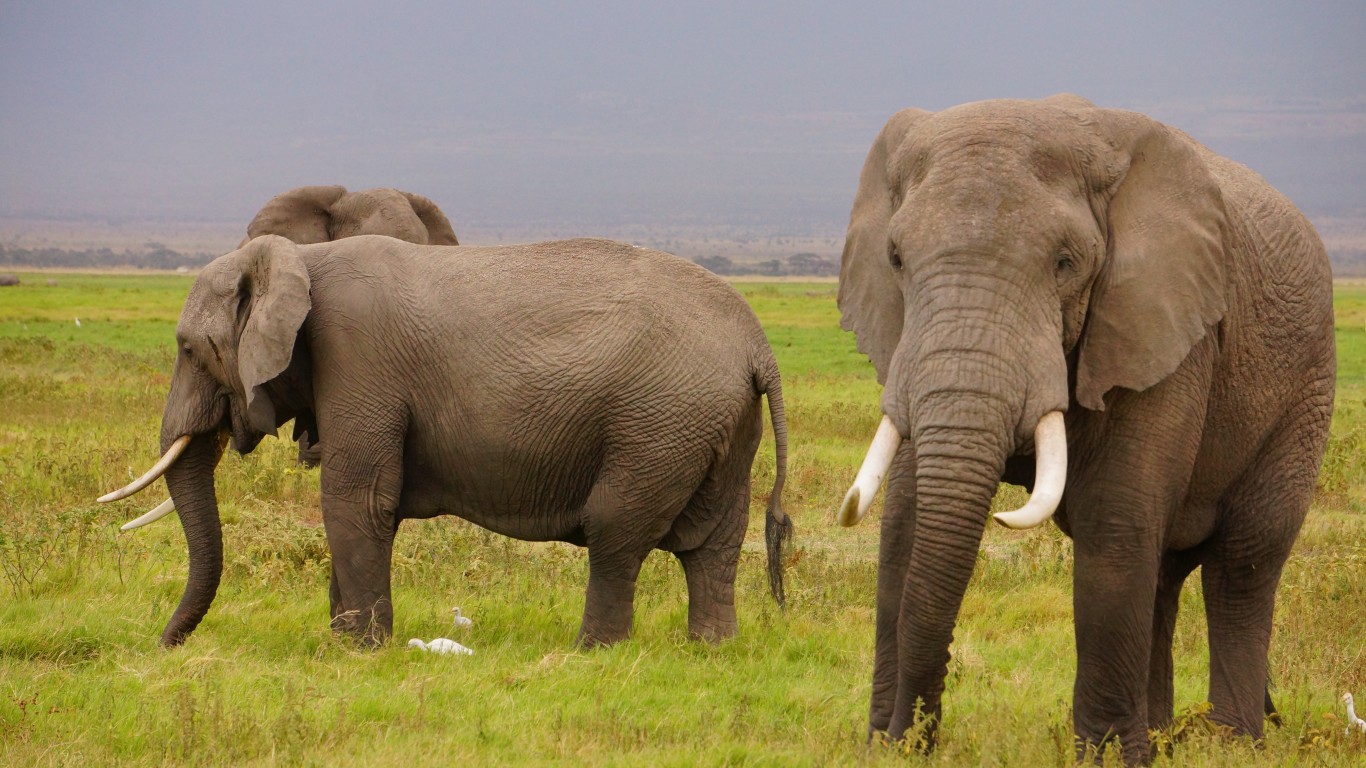
14. Elephant
> Est. annual deaths: 100
As human populations have surged, elephant populations, as with so many other wild species, have been greatly diminished. With their habitat drastically reduced and their conflicts with humans increasing, elephant populations have become more desperate and destructive to humans and their crops.

13. Hippopotamus
> Est. annual deaths: 500
As is the case with most wild animals, there is no official tally of how many people are killed by hippos, though unofficial sources suggest the number is between 500 and 3000 annually. Hippos are vegetarians and uninterested in humans as prey, but they are large, aggressive creatures and will attack if threatened or provoked.

12. Crocodile
> Est. annual deaths: 1,000
Because the places where crocodiles and humans are most likely to come into contact tend to be remote and impoverished, it is difficult to estimate how deadly the creatures are. Still it is believed that the two most dangerous species, the Nile crocodile in Africa and the saltwater crocodile in the Pacific, are responsible for hundreds of attacks annually, about half of them lethal.
[in-text-ad-2]

11. Tapeworm
> Est. annual deaths: 1,600
Cysticercosis, caused by tapeworms that enter the human body when people inadvertently ingest tapeworm eggs, is a tissue disease, frequently with neurological symptoms, that can be deadly. The disease itself is common in developing countries — and uncommon in developed countries — affecting up to 25% of some populations. Though numbers are difficult to ascertain, it is believed to have killed at least 500 people in 2015.
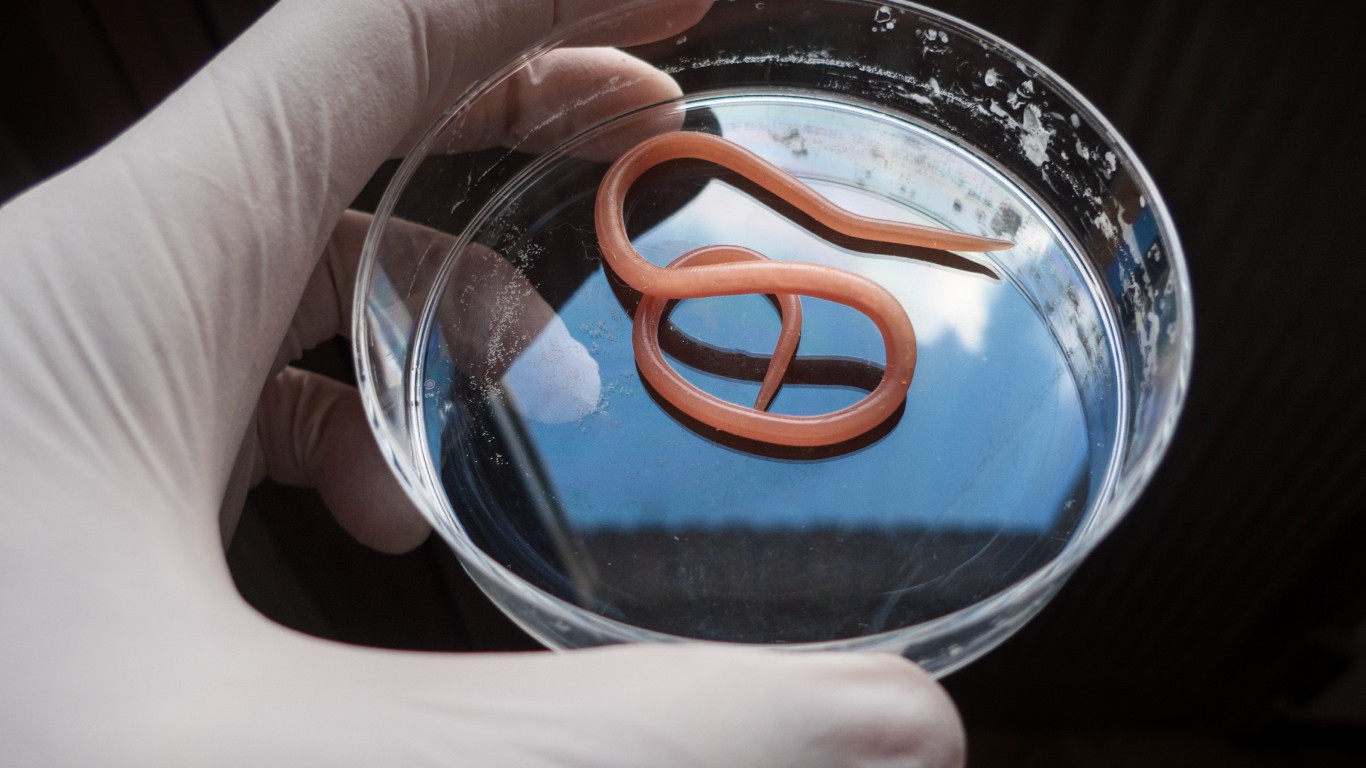
10. Ascaris roundworm
> Est. annual deaths: 2,700
These parasites are common mainly in impoverished tropical and subtropical regions of the world where sanitation is poor. An estimated 800,000 to 1.2 billion people are infected every year, resulting in up to 60,000 deaths — this despite the fact that the disease is highly treatable where proper care is available.
[in-text-ad]
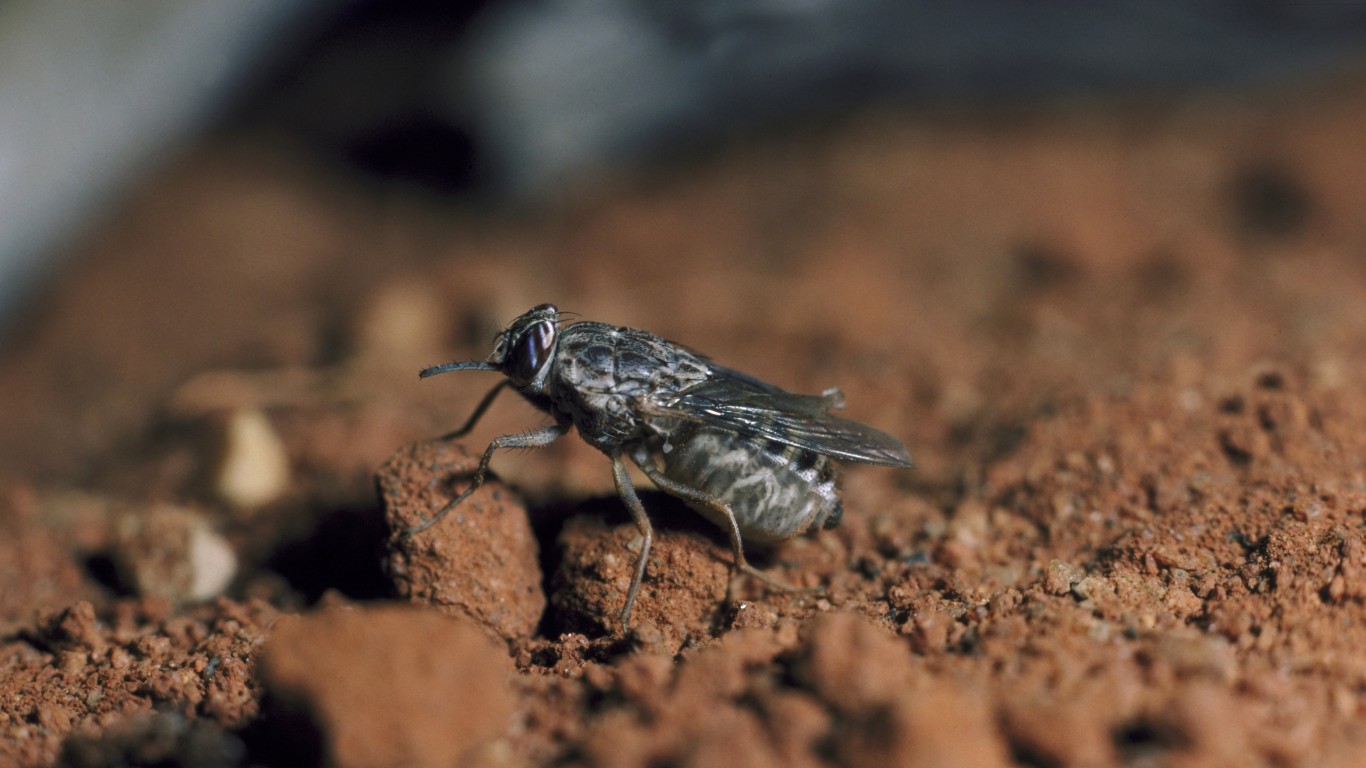
9. Tsetse fly
> Est. annual deaths: 3,500
The tsetse fly spreads a parasite that causes its victims to fall into a deadly sleep. Substances used in treatment can also be deadly. In the last hundred years, annual cases in Africa have been reduced from hundreds of thousands to a fraction of that through improved diagnosis and treatment.
8. Scorpion
> Est. annual deaths: 3,500
Only about 30 of the known 1,500 scorpion species are able to deliver fatal bites. Of the million or more scorpion stings delivered to humans each year, about 3,500 are fatal,

7. Freshwater snail
> Est. annual deaths: 4,400
Freshwater snails, native to Asia, Africa, and South America, carry a parasitic disease called schistosomiasis, also known as bilharzia. By one estimate, the disease infects a quarter of a billion people every year, killing about 200,000.
[in-text-ad-2]
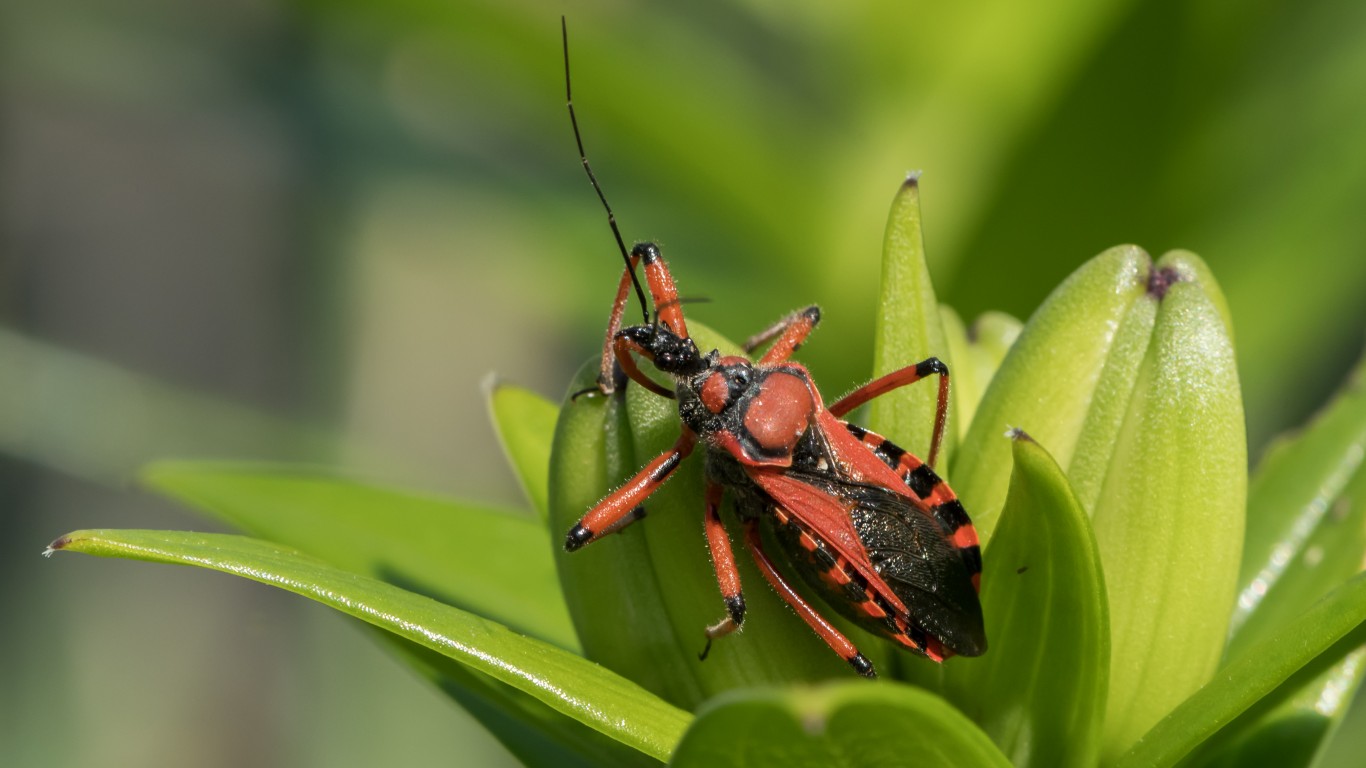
6. Kissing bug
> Est. annual deaths: 8,000
The kissing bug, found mainly in Central and South America, but also in the American South, spreads a disease called chagas, which enters the bloodstream from a bite usually delivered around the mouth of the victim. The World Health Organization believes there are six million cases of the disease each year world-wide, with an unknown percentage resulting in deadly heart damage.
5. Dog
> Est. annual deaths: 17,400
About 4.5 million Americans are bitten by dogs each year, resulting in thousands of hospitalizations and 30 to 50 deaths. Pitbulls and Rottweilers are responsible for the majority of fatal attacks, with German Shepherds a distant third. Although the global number is impossible to know with any accuracy, the World Health Organization estimates that 60,000 people die from rabies transmitted through dog bites annually.
[in-text-ad]
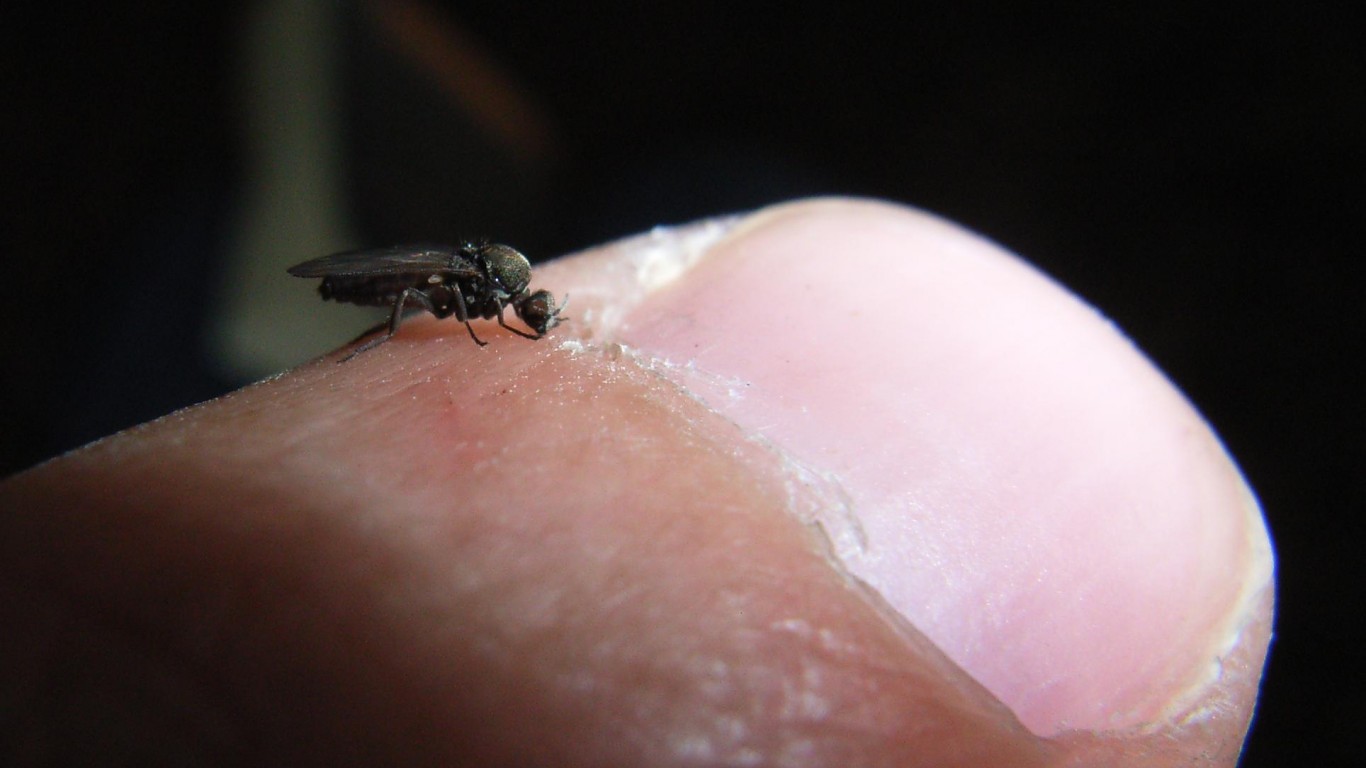
4. Sandfly
> Est. annual deaths: 24,200
Sandflies can transmit a number of diseases, including the deadly chandipura virus, which is similar to rabies. Even deadlier is leishmaniasis, caused by a parasite transmitted by sandfly bites, predominantly in poorer countries. There are estimated to 700,000 to 1 million new cases of leishmaniasis each year, and, while actual counts are not available, Doctors Without Borders states that the affliction is second only to malaria in parasitic-caused deaths.
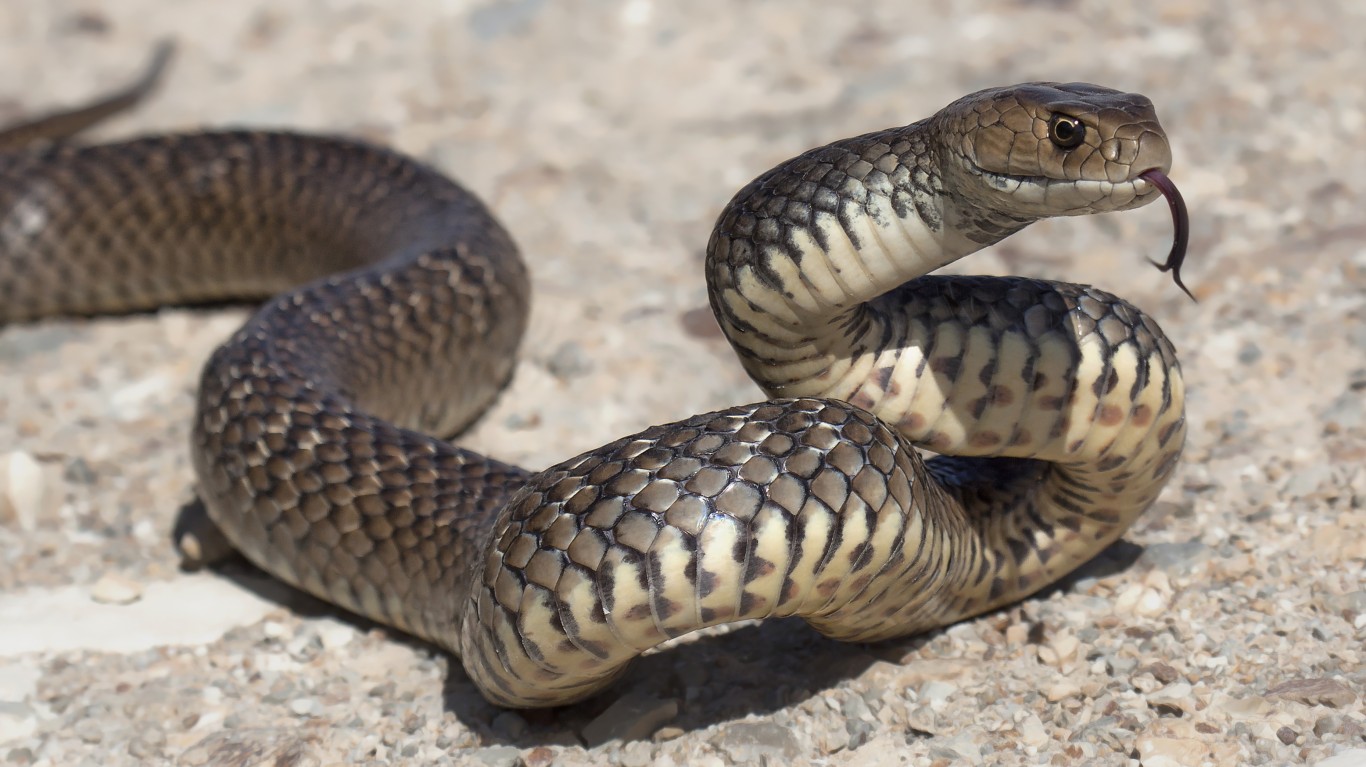
3. Snake
> Est. annual deaths: 60,000
An estimated 4.5 million people, mainly agricultural workers and children in Africa, Asia, and South America, suffer snake bites each year. About half of the bites are venomous, with between 80,000 and 130,000 resulting in death. Survivors often suffer other health impacts, from liver disease to amputations.

2. Human
> Est. annual deaths: 580,000
Gates arrives at his number by adding human deaths by homicide (409,000) and deaths by war (approximately 172,000), making homo sapiens the second deadliest animal in the world.
[in-text-ad-2]
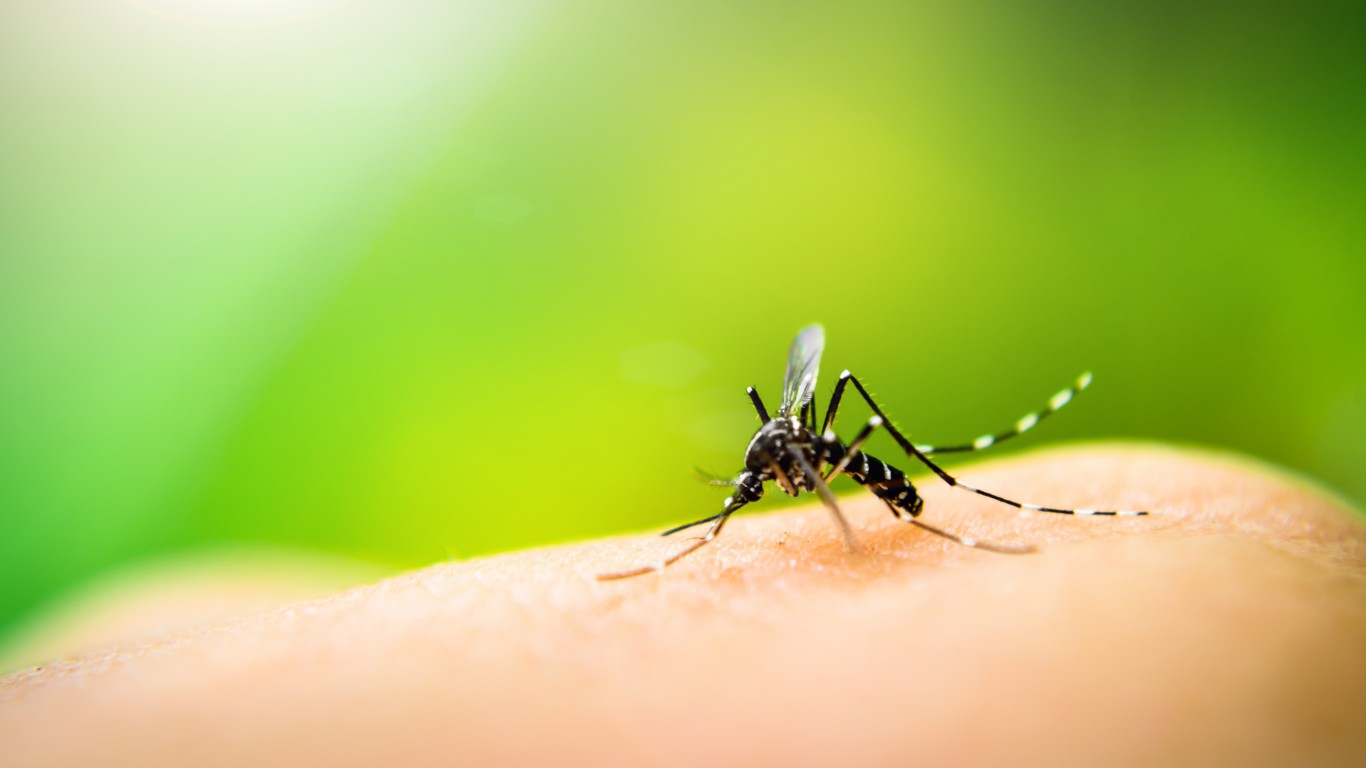
1. Mosquito
> Est. annual deaths: 830,000
An estimated 700 million people contract diseases from mosquito bites each year, and about a million die as a result. The highest numbers of mosquito-driven deaths are 25,000 from dengue fever, 30,000 from yellow fever, and hundreds of thousands from malaria. (Mosquitos carrying malaria, Gates notes, kill a child every minute.) Mosquitos are also responsible for untold numbers of other debilitating but less deadly diseases such as lymphatic filariasis, chikungunya, zika virus, and West Nile virus.
Credit card companies are handing out rewards and benefits to win the best customers. A good cash back card can be worth thousands of dollars a year in free money, not to mention other perks like travel, insurance, and access to fancy lounges. See our top picks for the best credit cards today. You won’t want to miss some of these offers.
Flywheel Publishing has partnered with CardRatings for our coverage of credit card products. Flywheel Publishing and CardRatings may receive a commission from card issuers.
Thank you for reading! Have some feedback for us?
Contact the 24/7 Wall St. editorial team.


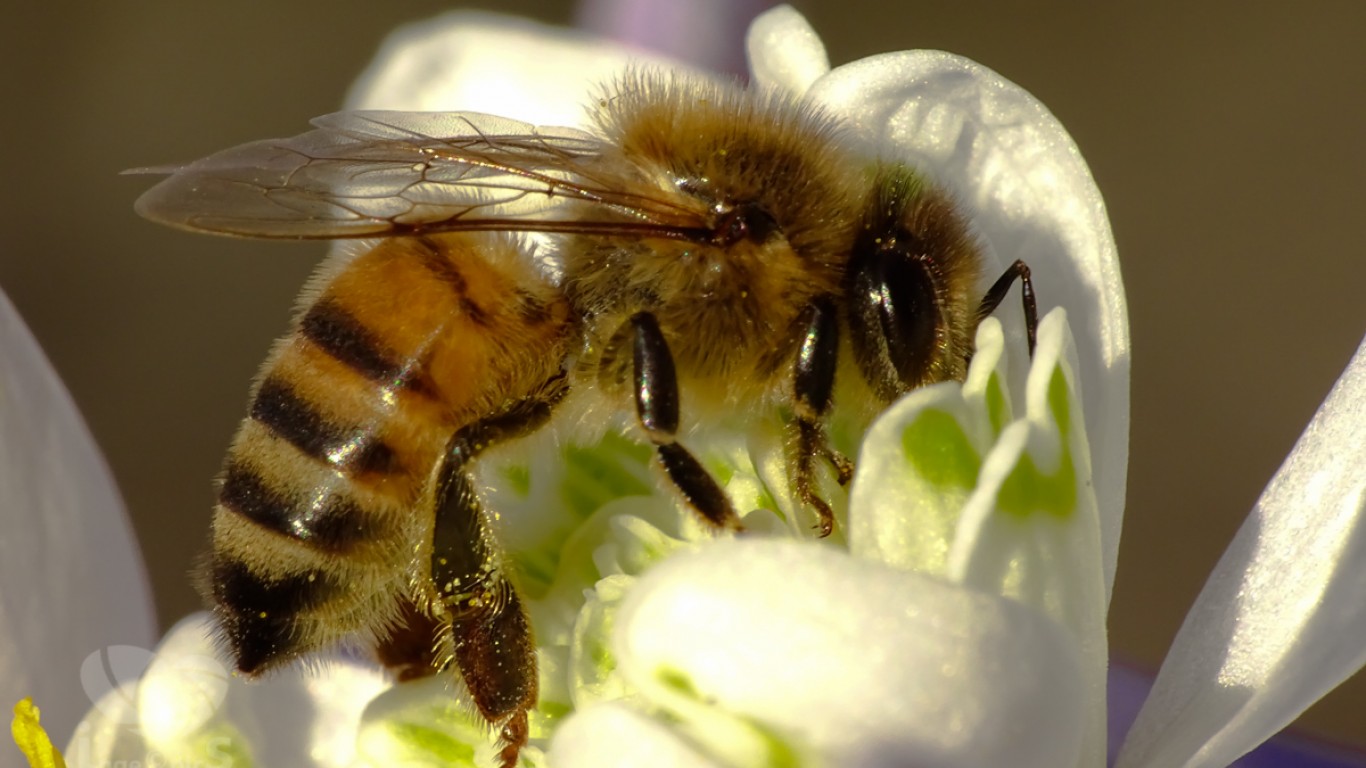
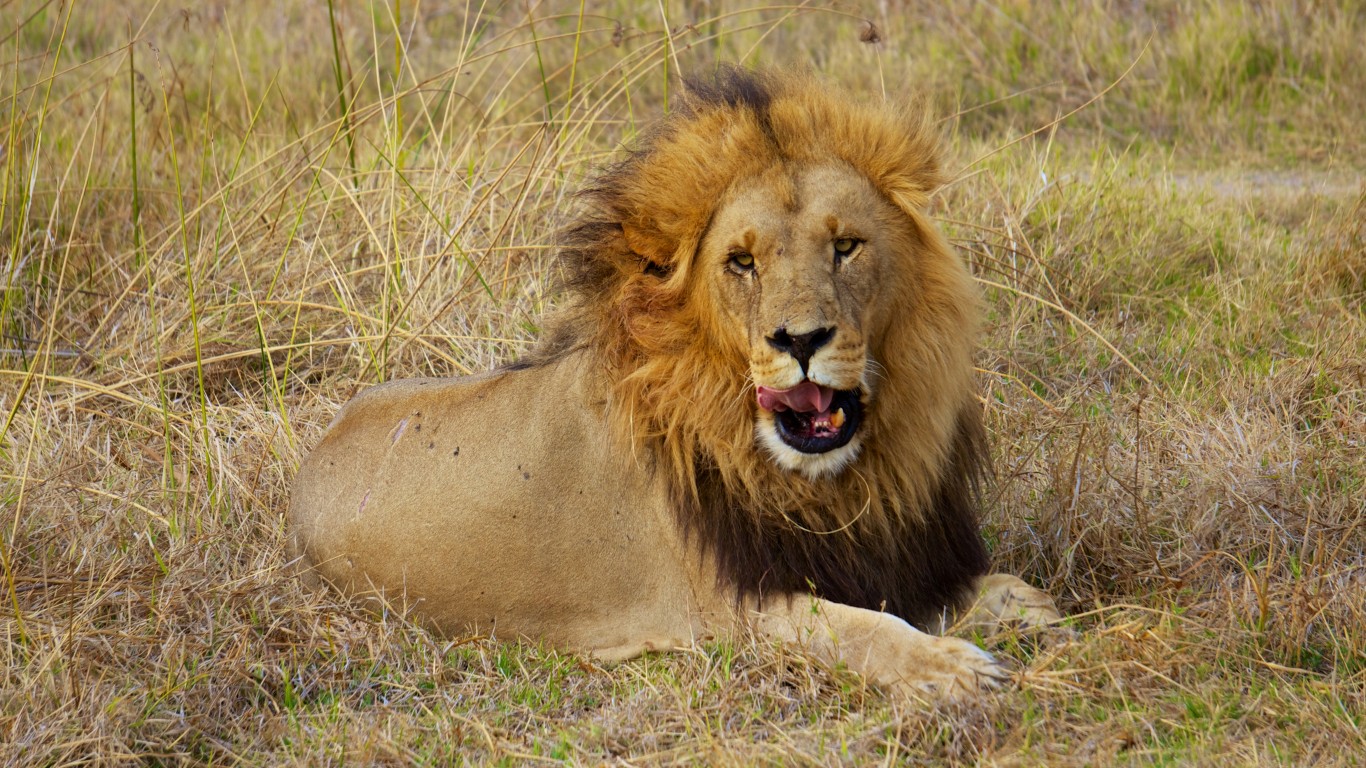
 24/7 Wall St.
24/7 Wall St.